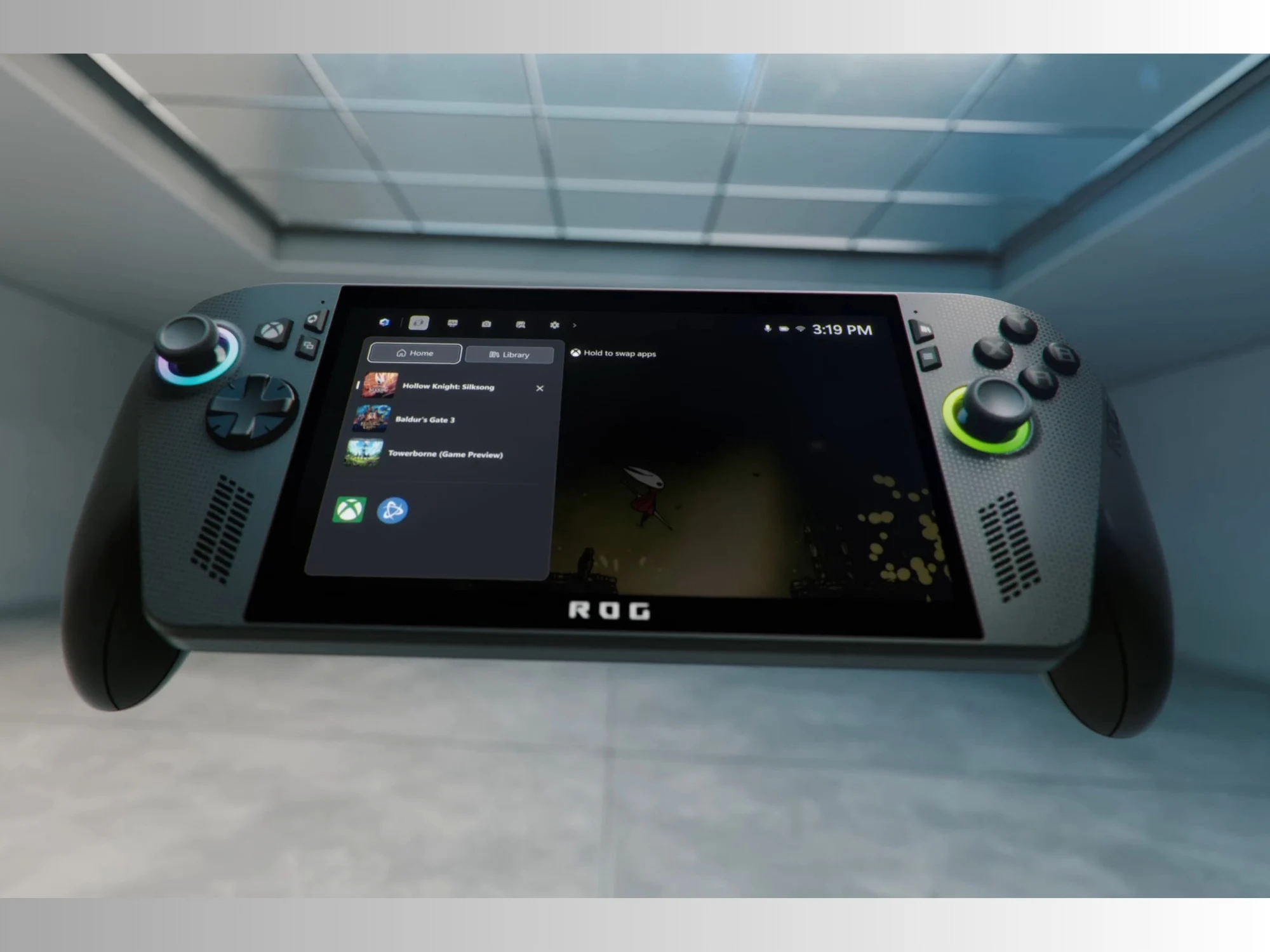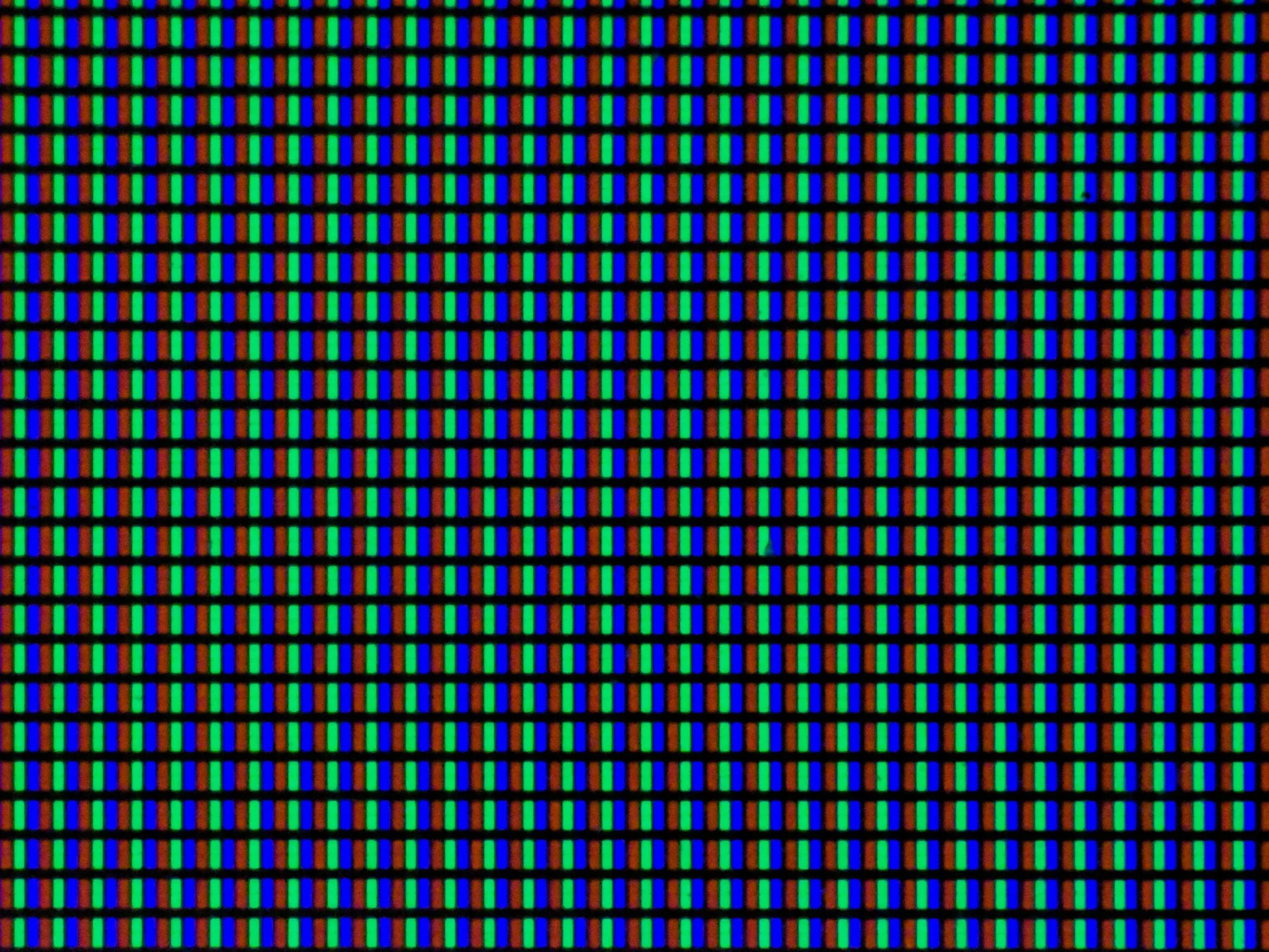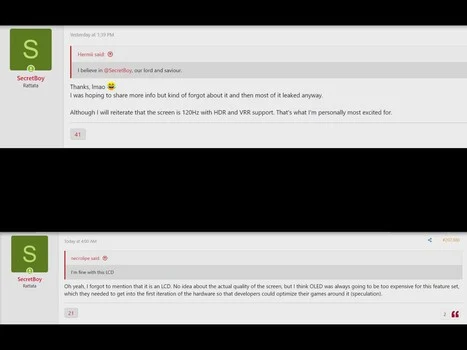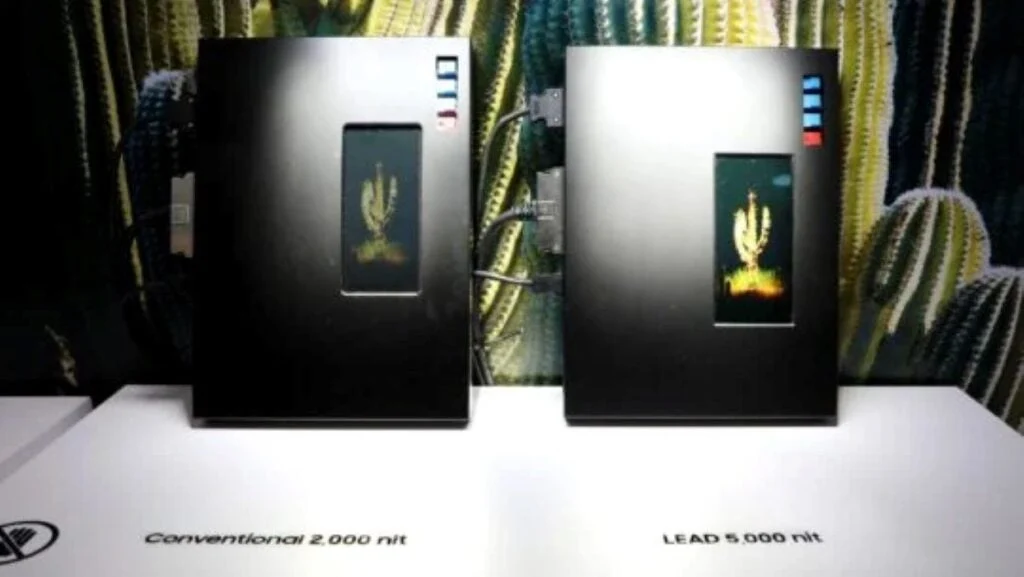Key Takeaways
1. The Nintendo Switch 2 is selling well, but players are anticipating a possible new model.
2. A prototype frame resembling the Switch 2 has appeared online, sparking rumors of an OLED version.
3. The white color of the prototype frame may suggest a design similar to the original Switch OLED.
4. It’s important to be cautious with rumors, as the frame could be for a standard Switch 2 or an abandoned design.
5. A new OLED version of the Switch 2 is unlikely to be released soon, given the console’s recent launch.
The Nintendo Switch 2 is flying off the shelves, but some players are already looking forward to the next version. There are whispers that a new model of the Switch 2 might be in development, potentially featuring an OLED display.
Rumors and Speculations
According to Gazlog, a tech news website from Japan, a frame believed to be a prototype for the Switch 2 has shown up on a Chinese auction site. This frame bears a resemblance to the existing Switch 2 (currently priced at $449.00 on Amazon), though it stands out with its white color.
The introduction of this white shade has sparked chatter that it could indicate a prototype for a Switch 2 equipped with an OLED screen. This idea comes from the observation that the original Switch OLED also had a similar white design accented with black.
Caution with Rumors
As with any rumors, it’s wise to approach this information cautiously. It’s just as plausible that this frame belongs to a standard Nintendo Switch 2 that was either left unpainted, received only a primer coating, or was an abandoned design in white. There are no solid clues suggesting this could actually be an OLED version of the Switch 2.
This could just be the beginning of many rumors about a possible Switch 2 OLED release. While it’s conceivable that Nintendo might unveil an OLED variant of their new handheld, it’s unlikely to happen in the near future. Given that the Switch 2 has only been available for a few months, it seems improbable that Nintendo would launch a new version so soon in the console’s lifecycle.
Source:
Link














